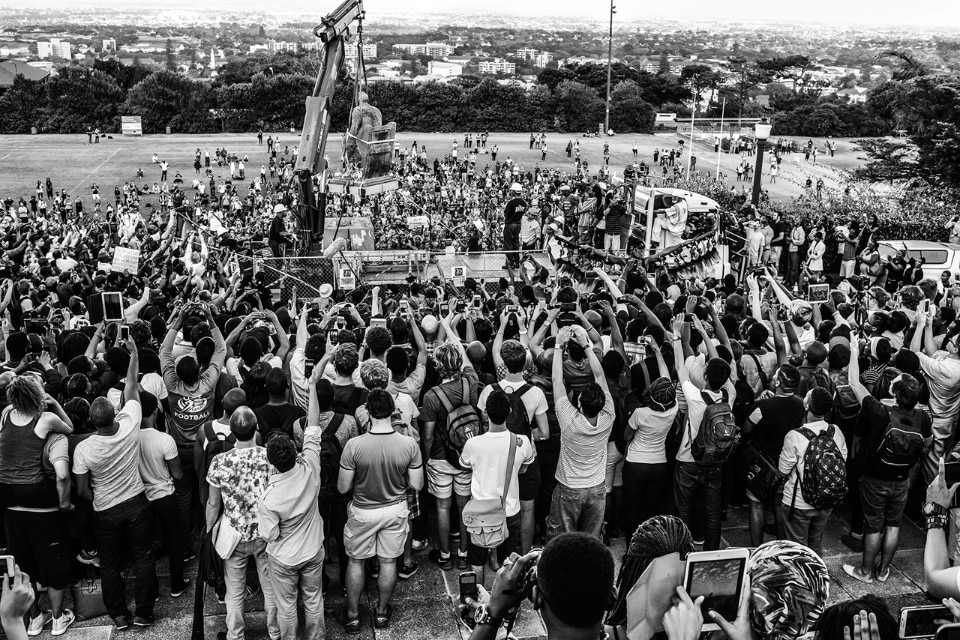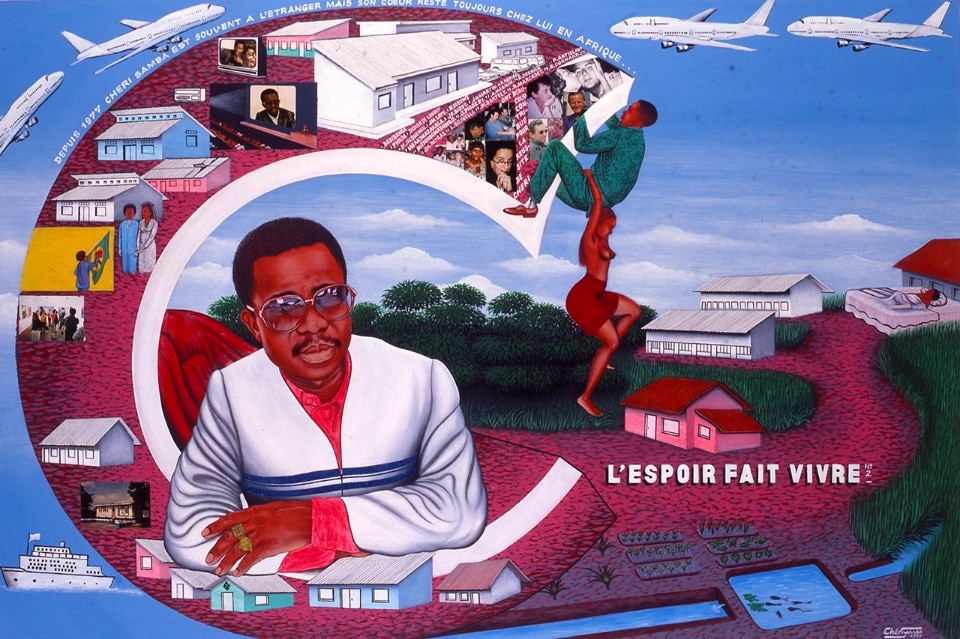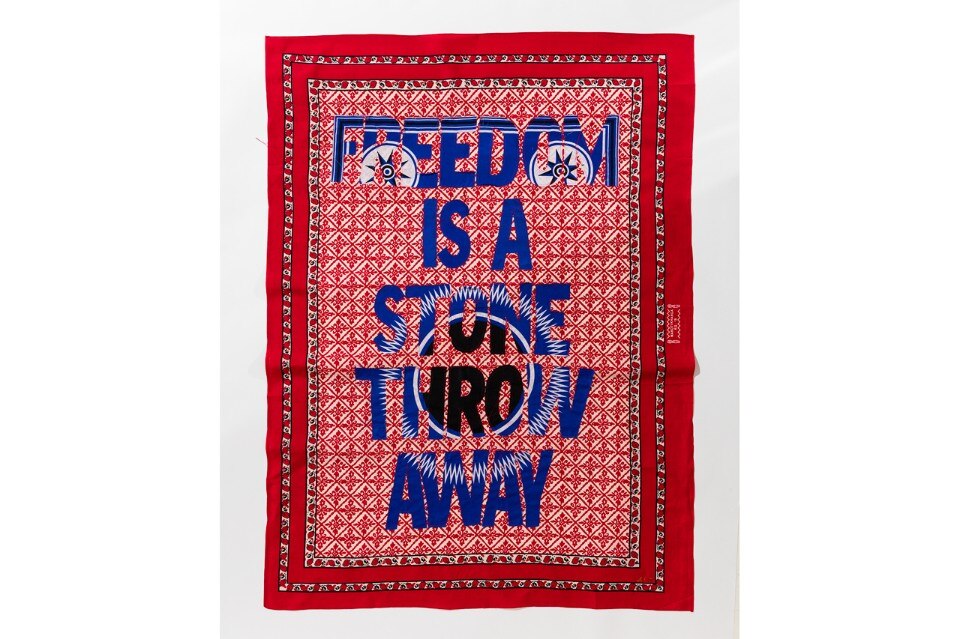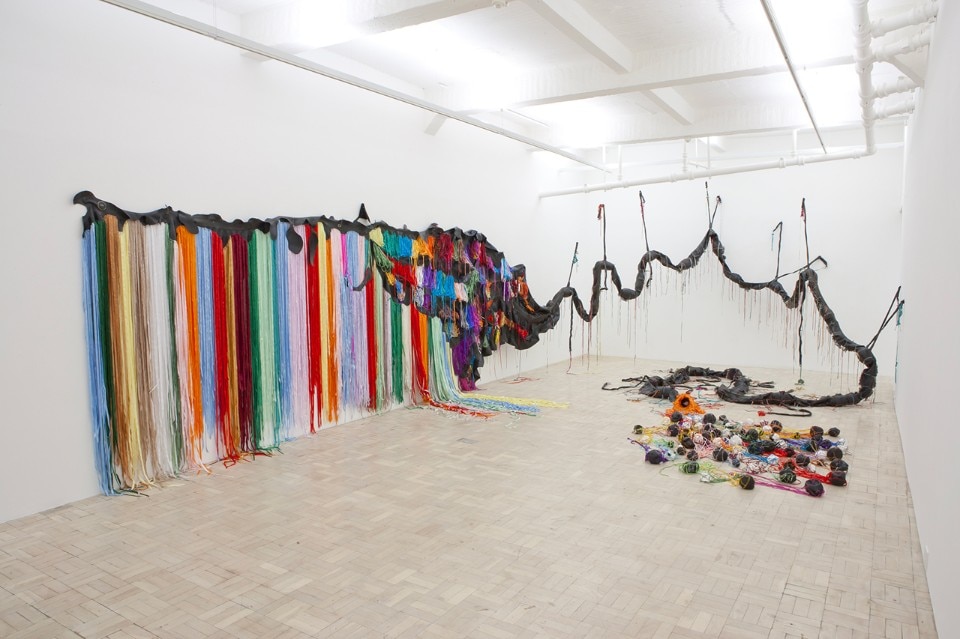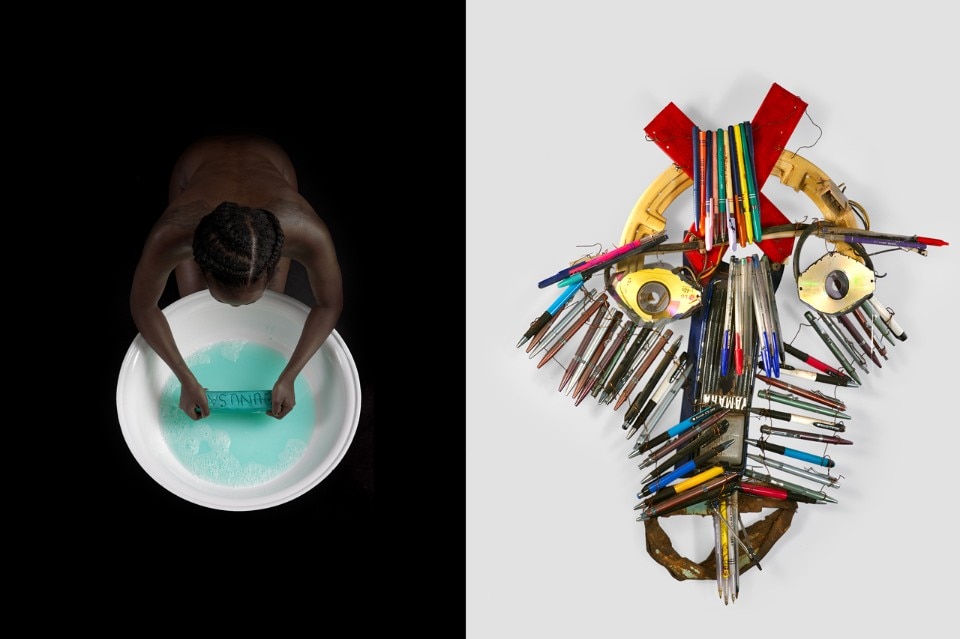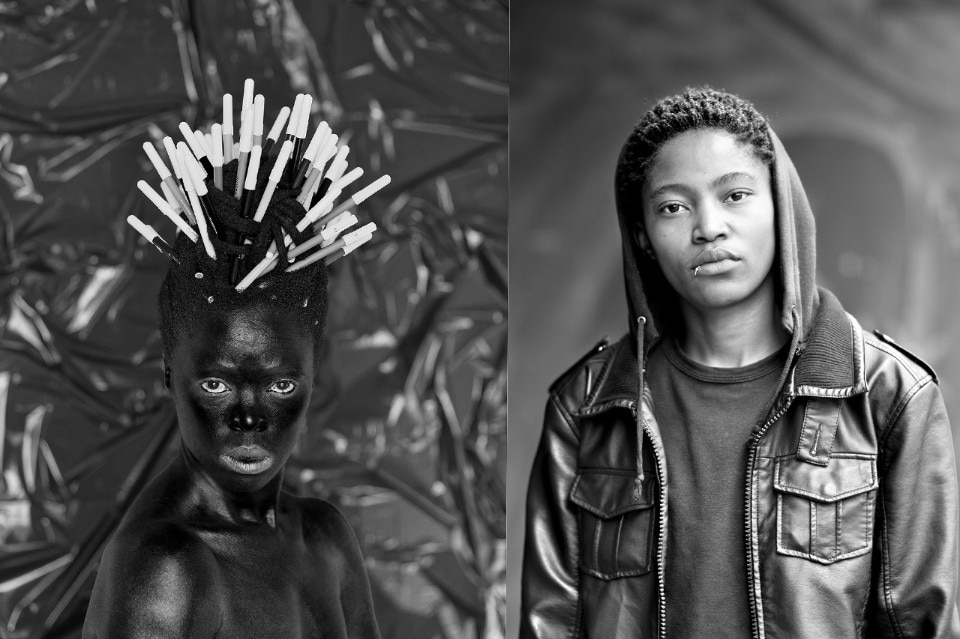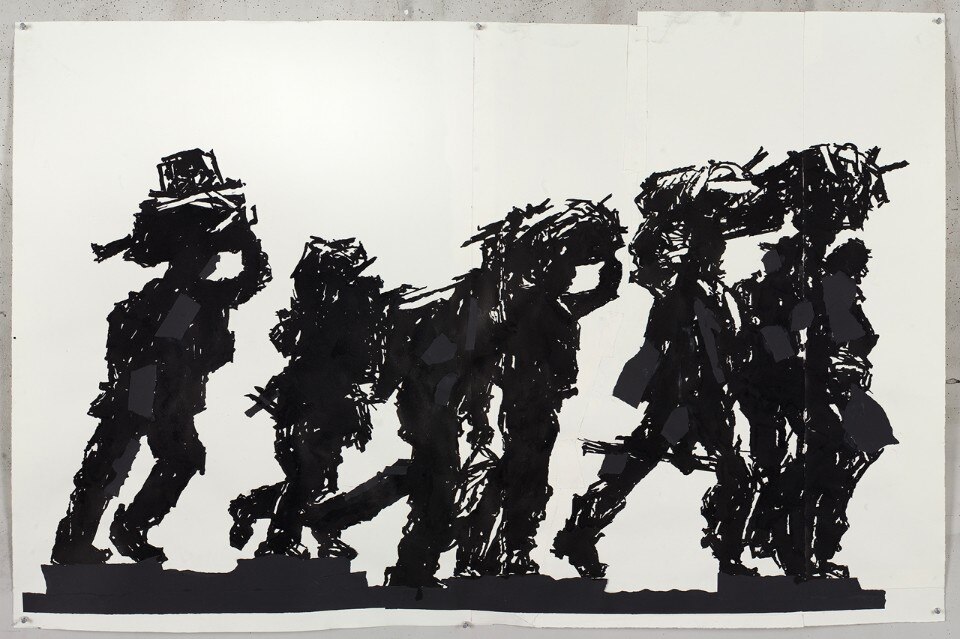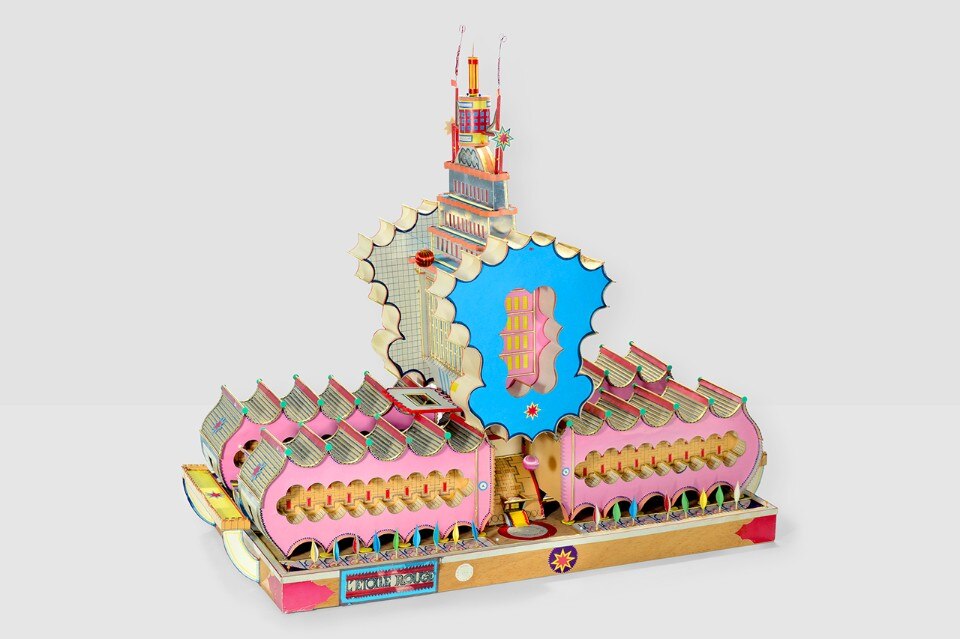
Authenticity, pathos and previously unseen artistic practices continue to be broken and often founder, more or less knowingly, as the last resort of the contemporary art market. Fortunately, the space welcomes virtually historicised works in the collection, a nucleus born out of a brainwave that came to Jean Pigozzi. Enlightened multimillionaire, collector, philanthropist and himself a photographer, despite never having set foot in Africa, he had a true epiphany on this spiritual and research area with the 1989 “Magiciens de la Terre” exhibition.
Subsequently, André Magnin, at the time one of the most risk-taking commissioners, followed him in the in-the-field research and the subsequent developments. Many more exhibitions followed, including “African Remix” and “Beauté Kongo”, and it is obvious that this material should now find itself at the heart of this more centripetal than ever and extremely trendy interest in Africa – whether a magnificent city model by the Congo’s Bodys Isek Kingelez or photos of daily life by Mali’s Malick Sibidé, who passed away recently. Clearly, in terms of consistency and media, we are immersed in a real project, a splendid collection that has not aged 30 years after it first originated. For those who follow the art of this continent, it is what might have been the nucleus of a contemporary African art section, not yet seen at the Tate or MoMA, and it is what we would actually love to imagine, a splendid dream rewriting the history of recent art.
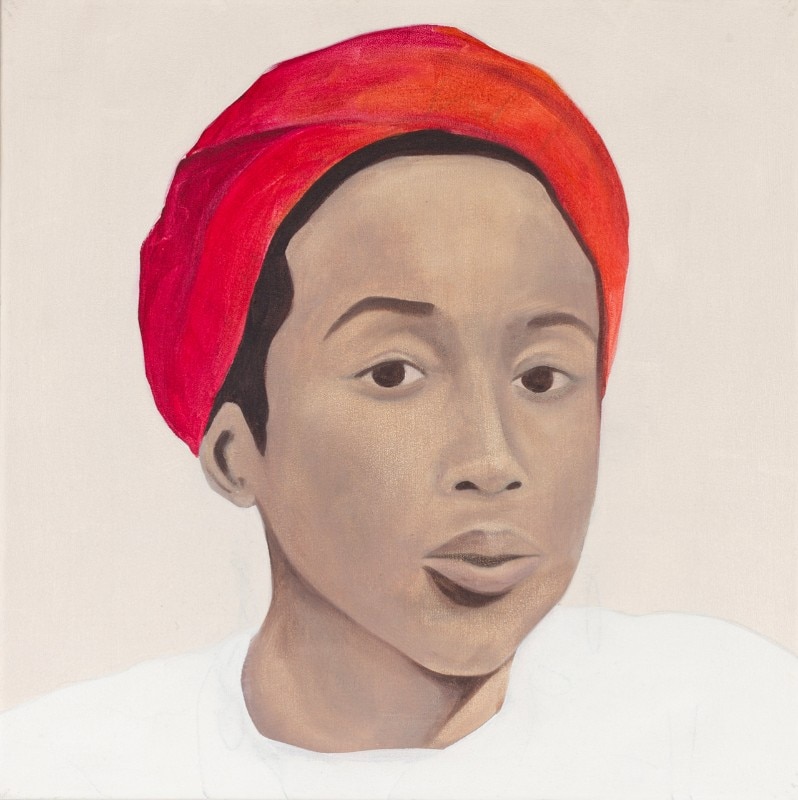
Collecting is now trying to restore priorities and value, a cultural as too an economic stance, which will probably be followed by the formation of its public. We must urgently address the true history of these artists and their works. To be convinced of this, simply look at the Senegalese Seni Awa Camara’s clay works or be enraptured by the ever more rarefied beauty and perfection of Chéri Samba’s paintings. All the artists in the exhibition are important. The collection has been lent and exhibited on several occasions so is not new but has become fundamental. Now, in the lovely setting created by Marco Palmieri, intelligently not based on the concept of ethnicity, it reveals how precious it is and not just for that continent.
The “Art/Afrique” exhibition strategy is that of a collection of magnificent contemporary exhibits transformed into works that are modelled on real geopolitical problems. It is, generally speaking, a concentrate of what dogs and regards all art today. Seen through the lens of globalisation, even the bitter aftertaste of its troubled economy assumes political substance.
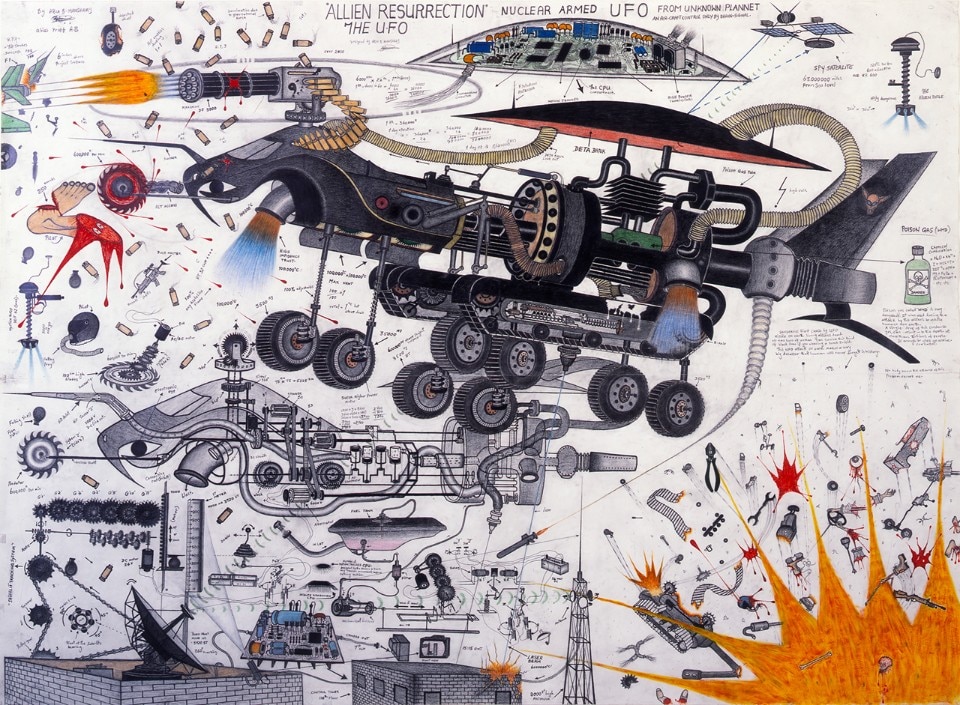
The agenda of a continent’s dramas is not read in filigree and, at last, artists such as David Koloane and Kemang Wa Lehulere, with two beautiful installations, elevate people and animals to the standing of great protagonists, whether they be armies of hyenas, such as that by Jane Alexander, or the inevitable township strays. The rhythm of the exhibition must then carve out a more customary beauty such as that of recent works by William Kentridge, Triumph and Laments (Procession of Migrants), which stands out with its black silhouettes on the walls of the Fondation Louis Vuitton, echoing Sigmar Polke and Géricault. It is no coincidence that all such elements should converge in the creation of a blockbuster exhibition. A selection of works in the Foundation’s permanent collection confirms this as we see works by artists of the African diaspora, New York’s Rashid Johnson and Ghanaian-Londoner Lynette Yiadom-Boakye. The former brings a monumental and unmissable work and the latter a diptych of rare intensity.
The most interesting discoveries come, however, from the generation born in the 1980s and that born after the end of Apartheid, which calls itself “born free”. They are the best at freeing us and themselves from the many pitfalls that have shaped a stereotypical vision of Africa in “general”. Be it the hieratic painting of Thenjike Niki Nkosi mixing images of criminals and victims, Lawrence Lemaonna’s kanga fabrics or Jody Brand’s transgender photographs. The dark side of the continent has not disappeared nor has its tenebrous heart but now other aspects are taken into consideration. Sue Williamson’s splendid video installation It’s a pleasure to meet you revisits the South African policy of reconciliation and offers a taste of today’s true Africa. It does so simply via interviews with people reflecting on the effects of a violent recent past, almost as if it were the ineradicable genetic presence of our today.


